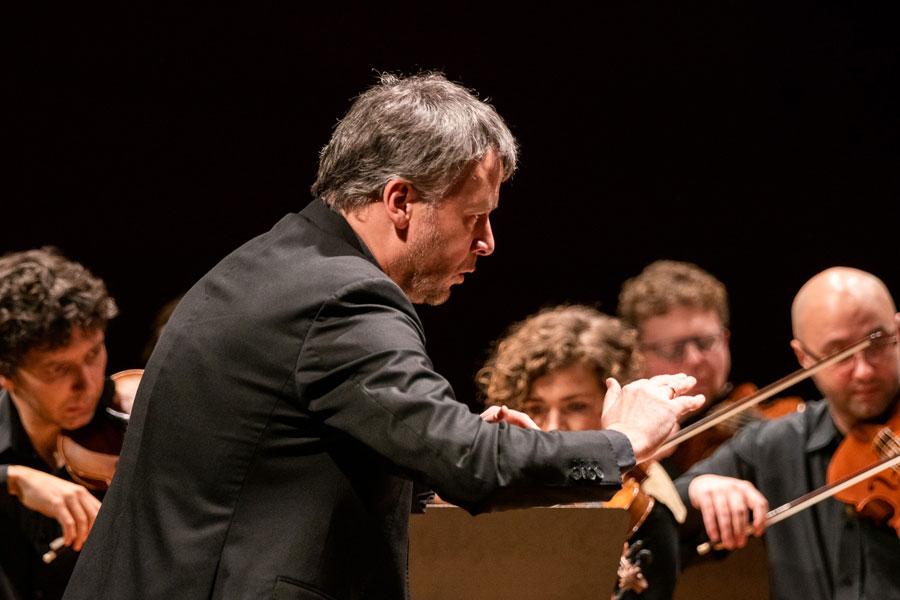Although Wolfgang Amadeus Mozart is today synonymous with a versatile musical genius, his contemporaries considered him primarily an opera composer and an excellent pianist.
Mozart wrote all piano concertos for himself as a performer. However, his early, tenth Concerto in E flat major was to be performed by the composer with his older sister. Anna Maria Mozart, nicknamed Nannerl, was herself a talented pianist, although as successful in this field as her brother. The work is intended for two pianos and a small orchestra. The orchestra’s part is very modest here, and the two solo instruments that have a harmonious dialogue, captivating us with beauty and gentleness, have the most to say.
The concert programme will also include attractive compositions of the unjustly forgotten Leopold Koželuh from Bohemia. He left us about 400 compositions of various genres, including numerous symphonies and concerts for various instruments. The Symphony in G minor is a work full of drama and tension, at the same time engaging the attention of the recipient from the first sounds. Its structure is unusual, because it consists of only three parts instead of four, and the lyrical Adagio is flanked two energetic movements kept at a fast pace. The Piano Concerto for 4 hands in B flat major is an attractive and accessible work too.
The concert will culminate in Joseph Haydn's Symphony in C minor - a work full of tension, similar in mood and emotional palette to the symphony of Koželuh. This is one of Haydn's last works representing his achievements in the period of Sturm und Drang. The artist's goal in these works was to arouse strong in the listeners and surprise them with sudden changes of harmony and dynamics.
The original concert programme will show classical music from a less obvious perspective, all the more fascinating.

